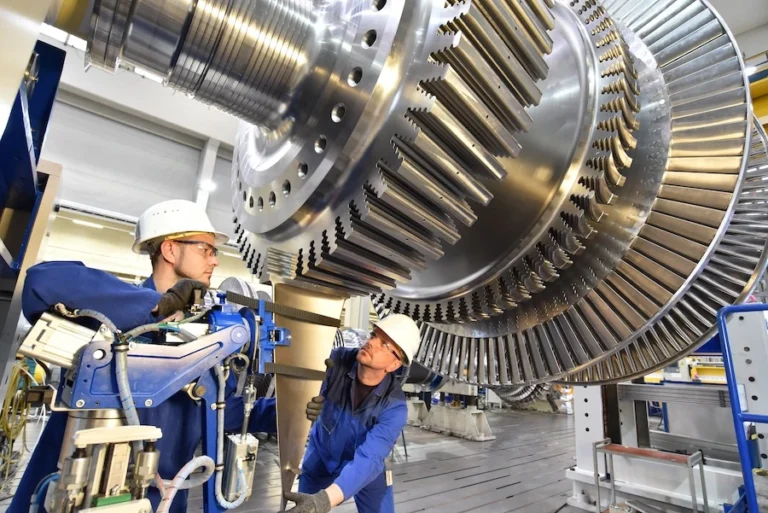If you’re planning to claim R&D Tax Credits, it’s a good idea to collect certain kinds of evidence throughout the year. Here’s what evidence you should be keeping.
If your business wants to make the most of the R&D tax credit scheme, you’ll need to prepare the right evidence. It can be hard to know where to begin.
However, the process is less complicated than it seems. Especially with our help.
The main aim is to show a systematic approach to R&D activity.
As HMRC’s website says “There is a difference between making an unexpected discovery and the carrying out of R&D”.
Your evidence needs to show that any innovations you made were the result of planned R&D work. Not a happy accident.
Although we know most companies will need to show records of what they spend, every claim is different. This means the records you need to collate will change depending on your R&D project.
HMRC is aware of this, especially for first-time claimers.
They say: ‘HMRC should be flexible in considering what records will be of assistance,’ in the training manual for their CIRD department.
However, being vigilant and keeping track of your records in the first place can make the whole process much easier.
Each claim is unique. But we can help you get started.
Here are three areas you should consider:
1. Timesheets
Let’s start with the basics.
You need to be able to show HMRC how much time you’ve spent on R&D activity. And the best way to do that is the humble timesheet.
Staff timesheets should show hourly time spent on any R&D activity, allowing you to easily calculate the total time spent as a business.
As HMRC becomes more thorough in their approach to looking at evidence supporting claims, timesheets will help you break down individual activities and explain your claim in detail.
It’s also helpful for your business.
Keeping this record allows you to keep track of how long you’re spending on R&D, and to keep track of costs.
If you get your timesheets in order from the start, you will save yourself a lot of hassle in the long run.
2. Projects
Another important document to keep is a project list.
This is a record showing all the departments you have involved and individual developments and activities attached to your R&D work.
Project records help you show business development, how processes change and demonstrate evidence of where your staff time is spent.
3. External work
You can’t always go it alone. Some of the most effective R&D work comes from collaboration.
If your project involves external agencies, or temporary staff, keeping track of this is vital.
Rather than thinking about each agency or contractor separately, it could be worth collating this information in a separate section of your accounting system so you don’t have to hunt around for it later.
If you found this useful, don’t hesitate to get in touch. We’re here to help you every step of the way with your claim.






